VR For Automotive
VR In The Automobile Industry
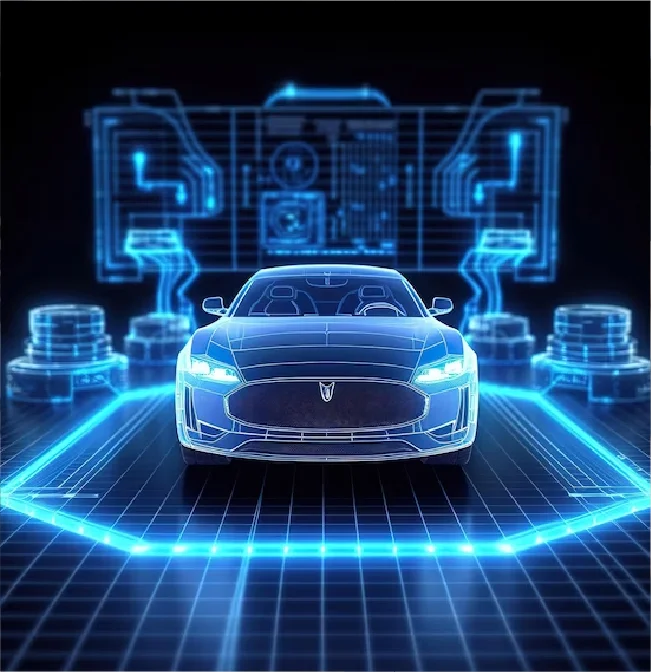
Benefits Of VR In The Automobile Industry

Vehicle Design

Test Drives

Remote Maintenance And Support

Vehicle Customization

Technician And Mechanic Training

Advertising And Marketing

Events And Trade Shows

Production Simulation

Product Presentations
7 Industries Transformed By VR

Manufacturing

Retail

Automotive

Entertainment & Media

Healthcare

Banking & Finance

Real Estate
Our VR Platforms Demo
Explore Our Different VR Solutions For Various Industries
Know More About How We Can Help You Improve Productivity & Efficiency While Ensuring An Engaged Workforce.

Audi
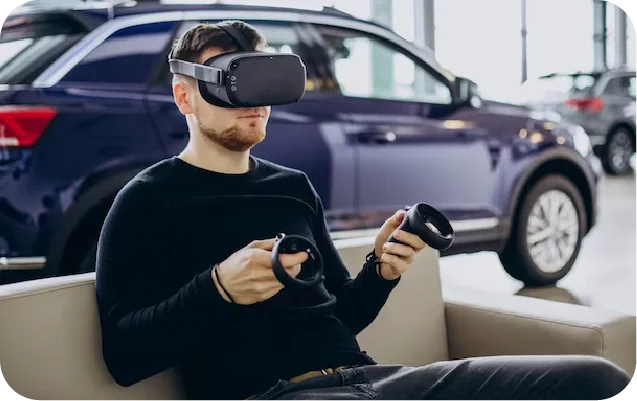
Volkswagen
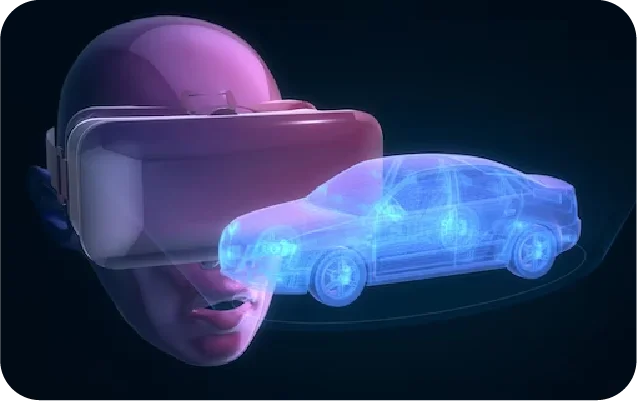
BMW
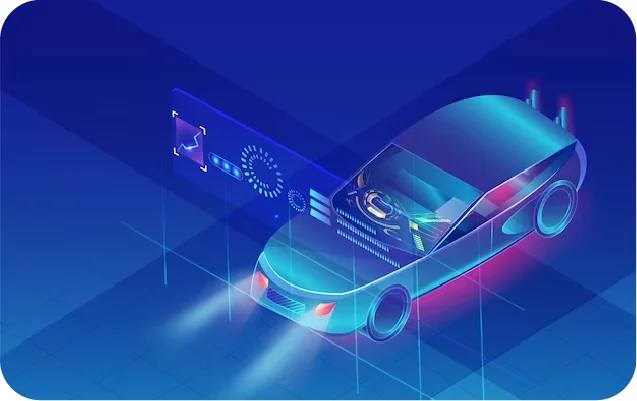
Mercedes-Benz
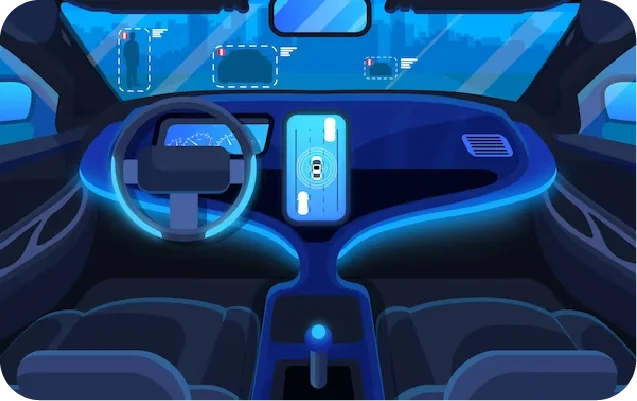
Ford
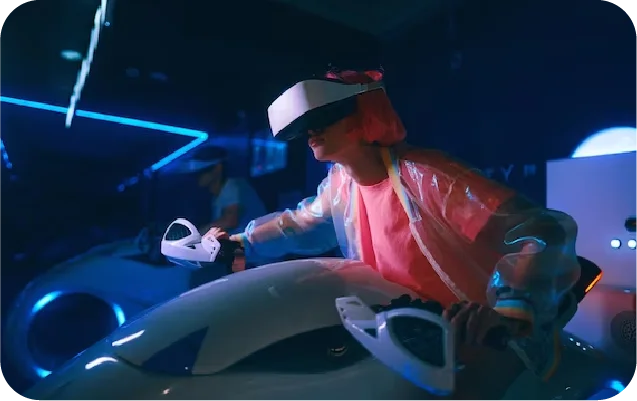
Toyota
Why Choose Shamla Tech As Your VR Development Company For Automotive Solutions?
Creating A Successful VR Automotive Platform Requires Meticulous Planning, Prioritizing User Experience Design, And Implementing Robust Security Protocols. As A Pioneering VR Development Company, Shamla Tech Offers Automotive Solutions With A Focus On Improved Customer Experiences And Predictive Maintenance Tools. Our Strategic Approach Identifies Potential Issues Early On, Leveraging Valuable Customer Insights For Marketing Campaigns And Internal Improvement Projects. In The VR Automotive Sector, Shamla Tech Guarantees Customer Satisfaction, Emphasizing Data Security And Providing Personalized Features. Choose Shamla Tech As Your Trusted VR Development Company For Automotive Solutions That Seamlessly Integrate Innovation, Safety, And Personalized Enhancements Tailored To Your Needs.
FAQ
As the automotive industry undergoes continuous evolution, VR technology is reshaping how car manufacturers design and market vehicles. This surge in VR for the automotive sector is propelling the industry into a future characterized by more dependable, secure, and faster data-driven services.
Automation is poised to gain prevalence, with self-driving cars enhancing safety through augmented reality (AR). AR offers customers an interactive experience, allowing them to visualize their vehicles in diverse ways. The integration of blockchain technology facilitates secure transactions and streamlines supply chains. With the advent of 5G networks, car manufacturers can provide more reliable and faster data-driven services. VR/AR capabilities will enable vehicle-to-vehicle communication and cloud-based services, including remote diagnostics and predictive maintenance.
The synergy of autonomous driving, virtual reality (VR), artificial intelligence (AI), and the Internet of Things (IoT) is facilitated by VR technology, offering significant benefits to the automobile industry. Automakers embracing these cutting-edge technologies gain access to powerful tools for creating innovative designs and delivering a more interactive experience to customers. Explore the future of automobiles with VR, where technological advancements redefine the driving experience and industry landscape.
In the automotive industry, virtual reality (VR) technology allows automakers to create interactive, immersive experiences that allow customers to explore and experience a car before making a purchase. By creating detailed 3D models of cars, designers can get a realistic view of the exterior and interior design of the car, allowing for more precise decisions to be made about the car’s features. Additionally, VR and AR are being used to simulate driving experiences, giving engineers a better understanding of how drivers interact with the car. VR in the automotive industry helps improve safety features by providing data on driver behavior in different conditions and scenarios. Automakers can also use this data to develop driver assistance systems that react in real time to changing conditions on the road. VR is also being used to help with the maintenance and repair of cars. Technicians can use this technology to get an inside look into how components work together without having to dismantle parts of the car.
VR technology is enabling automakers to design more efficient cars while offering customers a more interactive experience when viewing and purchasing them. By utilizing this technology designed by experts from Shamla Tech in the designs, automakers can develop vehicles that are both safer and more reliable than ever before.
Digital twin technology works by creating a virtual representation of a physical car or component. This ‘virtual twin’ is constantly monitored for changes in its environment such as temperature, pressure, speed, performance, etc., which allows it to detect any irregularities or faults before they occur. By monitoring the ‘twin’ in real-time, could potentially reduce maintenance costs associated with unplanned repairs and improve customer experience by providing real-time feedback.
Automakers can create virtual models of cars that are tested in different scenarios such as extreme weather conditions or hazardous environments – all without having to build physical prototypes. Shamla tech facilitates to develop features tailored specifically for their customers’ needs while reducing development costs in the long run.
Virtual Reality (VR) plays a crucial role in advancing vehicle safety features by offering a dynamic and immersive platform for testing and enhancing various safety technologies. Engineers in the automotive industry utilize VR to create lifelike simulations that replicate diverse driving conditions, allowing for a comprehensive evaluation of safety systems. This includes testing collision avoidance systems, emergency braking mechanisms, lane departure warnings, and other critical safety features.
Through VR simulations, engineers can meticulously observe and analyze how vehicles and their safety systems respond to potential hazards, providing valuable insights into their effectiveness. This iterative testing process allows for the fine-tuning and optimization of safety features, ensuring they perform optimally in real-world scenarios. Moreover, VR technology facilitates the development of advanced driver-assistive features by simulating and studying driver behavior in controlled virtual environments.
VR serves as a powerful tool for advancing vehicle safety by offering a controlled and immersive testing environment. This innovative approach not only refines existing safety features but also contributes to the development of cutting-edge technologies that enhance overall road safety, providing motorists with safer and more reliable driving experiences.
VR technology is a game-changer in the automotive industry, contributing to remote maintenance and support capabilities. Technicians leverage VR tools to diagnose and resolve issues remotely, offering a more efficient and streamlined maintenance process. This approach reduces downtime and enhances customer support by allowing technicians to virtually inspect and address problems without being physically present. VR’s role in remote maintenance aligns with the industry’s pursuit of advanced and tech-driven solutions, ensuring that vehicles receive effective and prompt maintenance regardless of geographical constraints.
VR technology revolutionizes the vehicle design and prototyping process by enabling designers to create detailed 3D models and prototypes in a virtual environment. This immersive capability facilitates a more thorough exploration of design elements, both interior and exterior, allowing for precise decision-making regarding features. The efficiency gains in the design phase result in shorter development cycles and reduced costs, ultimately leading to the creation of more innovative and consumer-friendly vehicle designs.
VR significantly enhances the efficiency of the vehicle design and prototyping process. Designers leverage VR technology to create detailed 3D models and prototypes in a virtual environment, providing an immersive experience for thorough exploration. This capability allows for precise decision-making regarding design elements, leading to shorter development cycles and cost reductions. Ultimately, VR’s impact on the design phase results in the creation of more innovative and consumer-friendly vehicle designs.
We Redefine The Stature Of Business With Robust And Exceptional Blockchain Base





